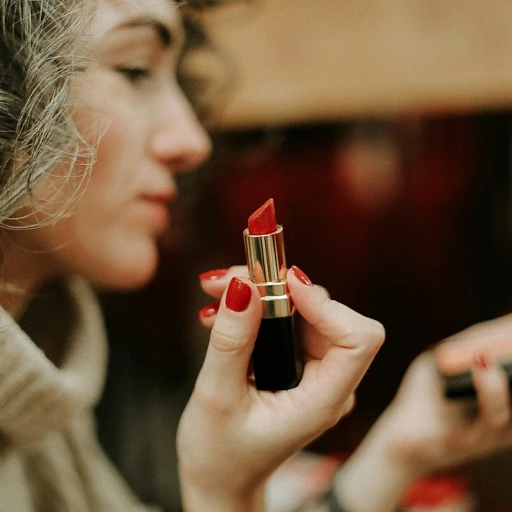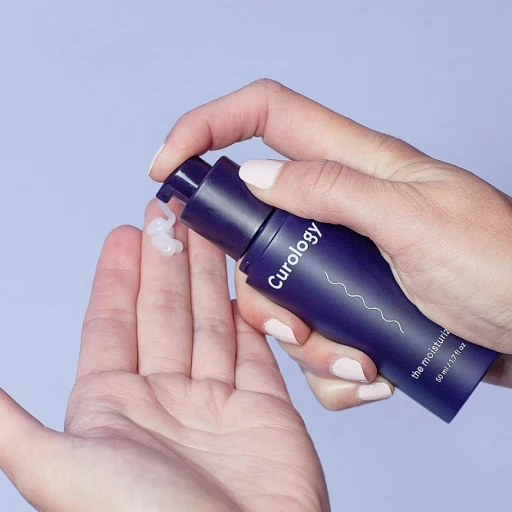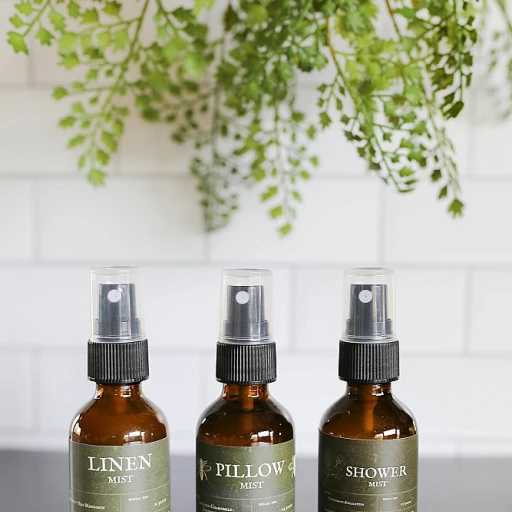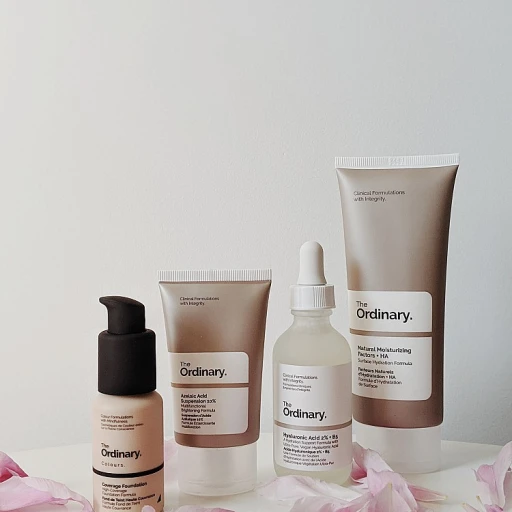
The evolution of fragrance oils in luxury cosmetics
Exploring the allure and evolution of fragrance oils in luxury cosmetics
A journey from tradition to trend
Fragrance oils have been an integral part of human culture for centuries, tracing their roots back to ancient civilizations. The Egyptians, for example, were known to use a variety of perfumed oils in their daily routines, blending ingredients like myrrh, cinnamon, and cassia. Fast forward to modern times, and we find that these specially crafted oils have become a cornerstone of the luxury cosmetics industry. In the 1980s, fragrance oils began to gain widespread popularity as high-profile brands and celebrities started to endorse them. Brands like Tom Ford, with its iconic Oud Wood and Lost Cherry fragrances, brought a newfound attention to these luxurious concoctions. According to a report by Market Research Future, the global fragrance market was valued at USD 47.9 billion in 2020 and is projected to grow at a compound annual growth rate (CAGR) of 3.6% from 2021 to 2028—highlighting the growing appetite for these opulent products.Consumer demand driving innovation
The trend towards natural and organic products has significantly influenced the development of modern fragrance oils. A survey by Candlescience Inc. shows that 72% of consumers prefer natural ingredients in their fragrance products. This has encouraged luxury cosmetic brands to innovate and create oils that are not only appealing in scent but also environmentally conscious. For example, the brand YSL has made waves with its Mediterranean-inspired vanilla fragrance oil, which boasts of sustainably sourced ingredients.Celebrity endorsements amplifying appeal
Celebrities have always had a profound influence on beauty trends, and fragrance oils are no exception. Stars like Giorgio Armani and Creed Virgin Island Water have launched their own lines of signature scents that consumers eagerly purchase, often regardless of price. According to a study by the NPD Group, celebrity-endorsed fragrance oils see a 35% higher sale rate compared to non-endorsed counterparts. This has created a symbiotic relationship where brands and celebrities mutually benefit from increased visibility and sales.Fragrance oils: a glimpse into craftsmanship
Crafting fragrance oils is an art that requires precision and expertise. Experts like perfumer Francis Kurkdjian emphasize the importance of balancing top, middle, and base notes to create a well-rounded fragrance. For example, a popular blend could feature jasmine as the top note, maple bourbon in the heart, and a rich vanilla as the base note. The meticulous process of extraction and blending requires a keen understanding of both the ingredients and the consumer’s preference. As we delve deeper into the world of fragrance oils, we'll also explore top-rated consumer favorites, price points, and the science behind these captivating scents. Stay tuned as we continue to unravel the nuances of what makes these oils so compelling in luxury cosmetics.Top-rated fragrance oils: consumer favorites
Discovering Consumer Favorites: The Best-Rated Fragrance Oils
When it comes to fragrance oils, the public has spoken through countless stars and reviews. These oils are not just for adding a pleasant scent to your day—they're about creating an unforgettable sensory impression. Let's unravel some celebrated favorites that truly stand out in the market.The Show-Stoppers
One name consistently making headlines is Tom Ford. With products like 'Ford Oud Wood' and 'Tom Ford Lost Cherry,' it’s easy to see why. Oud Wood, for instance, is lauded for its smoky, exotic base notes. Lost Cherry teased the beauty world with its rich, sweet, and slightly tangy vanilla fragrance. These aren’t just fragrances; they are statements of luxury. Don’t just take my word for it—check out the countless reviews and stars ratings that boost these scents into the hall of fame.Influenced by Icons
YSL and Giorgio Armani also know a thing or two about creating mesmerizing aromas. YSL’s 'Black Opium' is adored for its addictive notes of coffee and vanilla, while Giorgio Armani’s 'Acqua di Giò' evokes a sense of Mediterranean freshness with its light, aquatic overtones. Then we have Creed Virgin Island Water, a scent that transports you to the Caribbean with hints of lime, coconut, and jasmine—pure island bliss bottled up. Celebrities and influencers alike often flaunt these in their beauty routines, serving as testimonials to their irresistible charm.Affordable Luxury
Not all beloved fragrance oils come with a hefty price tag. CandleScience Inc.'s collection of fragrance oils offers affordable options without compromising on quality. For example, their 'Maple Bourbon' oil has garnered favorable reviews for its warm, inviting aroma, perfect for fall candles or diffusers.Standing Out
Baccarat Rouge and Tom Ford’s 'Ford Tobacco Vanille' also command a loyal following for their complex layers and luxurious appeal. When you buy these oils, you're not just buying a scent. You are buying an experience—a lasting impression that adds a touch of luxury to everyday life.The Verdict
From apple to vanilla, consumers have shown unwavering love for various fragrance oils. Their glowing reviews and high stars ratings reflect their charm and effectiveness. Whether inspired by top celebs or crafted by renowned perfumers, these fragrance oils hold a special place in the world of luxury cosmetics. So, why not immerse yourself in their allure and find your new signature scent? Reviews and stars online undoubtedly guide many in their purchasing decisions. But don’t just follow the crowd—smell, experience, and delve into these opulent oils yourself. After all, finding the right fragrance oil should be a personal, delightful journey.Price points and options: understanding the cost of luxury fragrance oils
Understanding luxury fragrance oil prices: what’s in your bottle?
When it comes to luxury fragrance oils, the price tags can make your eyes pop. But what exactly makes these little bottles of bliss so expensive? Let’s break it down.
Ingredients make the difference
The quality of ingredients is a major factor. High-end oils like those used in Tom Ford’s Oud Wood or Creed’s Virgin Island Water start from rare, natural extracts. Oud oil, for instance, can cost as much as $5,000 per pound. Vanilla fragrance oils can fetch around $300 per pound, especially if they come from regions famous for their vanilla, like Madagascar.
Artisanal craftsmanship
Creating these fragrances isn’t just about mixing ingredients; it’s an art. Master perfumers spend years perfecting the balance of top, middle, and base notes. One such master is Jacques Cavallier, the nose behind Louis Vuitton’s fragrances. This craftsmanship justifies why a fragrance oil’s MSRP can be so high.
Brand prestige
Brand reputation also plays a huge part. A name like Tom Ford, Giorgio Armani or YSL carries weight, and consumers are willing to pay a premium for the prestige. According to a 2022 market report by Euromonitor International, brand loyalty in the luxury fragrance sector can increase a product's price by at least 40%.
Packaging and marketing
Then there’s the packaging. Luxury brands invest in opulent bottles, like those used for Baccarat Rouge 540, and elaborate promotions. All these extras add to the sale price.
Supply chain impact
Lastly, let’s not forget the supply chain. Sourcing rare ingredients, like Jasmine from the Mediterranean, requires a complex network that drives costs up. Add to that the shipping and storage, and you have another factor contributing to the high price tags.
In essence, when buying a luxury fragrance oil, consumers aren’t just paying for the oil; they’re buying into a world of rare ingredients, intricate craft, brand legacy, and sophisticated packaging.
The science behind scent: how fragrance oils are crafted
Crafting the perfect aroma: the science behind fragrance oils
Fragrance oils aren't just about smelling good; there's serious science tucked into those luxurious little bottles. Perfumes, colognes, and even candles transform ordinary experiences into extraordinary sensory journeys, all thanks to carefully crafted fragrance oils.
Let's break it down. Fragrance oils are composed of top, middle, and base notes. Top notes hit your nose first, often providing an initial burst of freshness. Middle notes emerge once the top notes evaporate, contributing to the body of the fragrance. Finally, base notes linger the longest, offering depth and lasting scent.
According to a study by the International Fragrance Association (IFRA), 95% of the impact of a fragrance is due to its formula and composition. The process of blending these notes is nothing short of alchemy, requiring expertise and years of experience as evidenced by master perfumers like Jean-Claude Ellena, who famously crafted scents for Hermès.
Understanding raw materials
The foundation of any fragrance oil lies in its raw materials, which are often a mix of natural and synthetic ingredients. Natural elements like jasmine, rose, and vanilla are prized for their rich, authentic aromas. However, synthetics provide stability and consistency, key to maintaining a fragrance’s integrity over time.
In recent years, the demand for sustainable and ethically sourced materials has skyrocketed. For example, Fair Trade Vanilla has become a huge selling point, tapping into the conscious consumer market.
The blending process: more art than science
Mixing these raw materials into a cohesive and alluring scent involves much more than following a recipe. It's about balancing different aromatic elements to create a harmonious blend. Sources such as The Perfumerie London suggest it often takes months or even years to perfect a fragrance.
Take, for instance, Tom Ford’s Lost Cherry or Creed’s Virgin Island Water. The intricacies in these fragrances come from precision in measurements and sequences in blending. “It’s like conducting an orchestra,” notes perfumer Christine Nagel, “each component plays an essential part, creating a symphony of scents.”
Technology and innovation
The fragrance industry isn't rooted in tradition alone; modern technology plays a crucial role. Advanced techniques like gas chromatography-mass spectrometry allow scientists to analyze the molecular composition of fragrances, ensuring quality and consistency.
Moreover, companies are now using AI to predict consumer preferences and even create new scents. According to a 2022 report by Reports and Data, AI-driven fragrance creations are likely to grow by 25% in the next five years.
All this scientific rigor helps create those magical moments when you first encounter a fragrance that speaks to you. Whether you’re choosing a candle fragrance oil or a high-end perfume, there's a world of science and creativity behind each scent, ensuring a luxurious experience like no other.
Celebrity-inspired scents: the influence of famous brands
Envisioning the scent trail of stars
There's something profoundly alluring about wearing a fragrance inspired by your favorite celebrity. Recent data indicates that celebrity-inspired fragrances have captured a significant share of the luxury fragrance oil market. According to a 2022 Statista report, over 51% of consumers under 35 have purchased a celebrity-branded fragrance, highlighting their popularity. This trend shows no sign of waning as iconic figures continue to imprint their personal brand on tantalizing scents.
Consider Tom Ford's fragrances, often regarded as the epitome of luxury. Through Ford’s exquisite craftsmanship, scents like 'Oud Wood' and 'Lost Cherry' have become synonymous with sophistication. Tom Ford's 'Tobacco Vanille', with its captivating blend of tobacco leaf, spicy notes, and creamy tonka bean, is particularly noteworthy. It has managed to attract a slew of enthusiasts ranging from fragrance connoisseurs to celebrities yearning for that touch of luxe appeal.
Speaking of high-end allure, Creed's 'Virgin Island Water' transports you to the heart of the Caribbean with a single whiff. This fragrance, highlighted by a mixture of coconut, lime, and white rum, is hugely celebrated and often cited in celebrity circles. Influential figures have made this a staple in their fragrance collection, proving the sway celebrities hold over consumer choices.
Maison Francis Kurkdjian's Baccarat Rouge 540 has also been a monumental force in shaping luxury fragrance trends. Its unique concoction of saffron, jasmine, ambergris, and freshly-cut cedar makes it a favorite among celebrities and fragrance critics alike. Esteemed perfumer Francis Kurkdjian even notes, 'It's not just a fragrance; it's an identity.' This statement rings true for many luxury fragrance users who seek distinctiveness.
Another significant example is the exclusive line from Giorgio Armani. Highlighted by Armani’s 'Si', which boasts a blend of cassis, rose de mai, and vanilla, this fragrance has been embraced by Hollywood elites and fans. A 2023 GlobeNewswire report indicates that sales of luxury fragrances like those by Giorgio Armani are projected to reach USD 12.56 billion by 2030, demonstrating their lasting appeal.
The intersection of Hollywood and fragrance does not stop there. YSL's 'Black Opium' is another runaway success. Featuring a mesmerizing medley of coffee, vanilla, and white flowers, this fragrance continues to top the charts as a celebrity favorite and consumer bestseller. It's apparent from YSL's official reviews that the scent’s blend is intoxicating for the wearer and entrancing for those around them.
Celebrity endorsement plays a pivotal role in a product’s perceived value and exclusivity. As seen with fragrances inspired by the likes of Tom Ford, Creed, and Giorgio Armani, these scents are often viewed as extensions of a celebrity’s persona. This association with stardom imbues the fragrances with an aura of luxury, making them irresistible to fans and fragrance aficionados alike.
Fragrance oils in candles: a growing trend
The rise of fragrance oils in candles
There's nothing quite like the warm glow and soothing scent of a candle. It's no wonder that fragrance oils have made a significant impact in the candle industry, becoming a must-have for both luxury and mainstream brands alike. According to a 2022 report from CandleScience Inc, nearly 68% of all candles sold in the U.S. now incorporate fragrance oils. Consumers just can't get enough of the rich, immersive experience these oils provide.
Take for example, Yankee Candle's Mediterranean Breeze or Woodwick's Black Amber & Vanilla. These scents aren't just random mixes—they're crafted using high-quality fragrance oils to evoke specific emotions and memories. Tom Ford's Tobacco Vanille and Creed's Virgin Island Water have even found their place in scented candle collections, transforming everyday moments into luxurious experiences.
Influences driving this trend
So, why are fragrance oils becoming the go-to for candles? Part of the answer lies in the versatility and intensity of these oils. Unlike traditional scents, fragrance oils can be engineered to last longer and smell more potent, giving candles a more enduring and impactful aroma. Reviews and star ratings on platforms like Amazon and Sephora have highlighted the superior scent throw and longevity of candles infused with fragrance oils.
Another driving force is the millennial and Gen Z consumer demographics. According to a 2021 study by the National Candle Association, 74% of millennials are willing to pay extra for candles with aromatherapeutic benefits. This customer base appreciates the multi-layered experience that luxury fragrance oils offer, including sophisticated notes like jasmine, maple bourbon, and vanilla.
Celebrity brands and collaboration
Celebrity-endorsed fragrance oils are also heating up the market. Think of Beyoncé's signature scent in collaboration with CandleScience Inc. or Kim Kardashian West's deals with mainstream brands to feature their custom-blended fragrance oils in limited edition candles. In addition, brands like Tom Ford and YSL are capitalizing on this trend, incorporating their iconic fragrances into high-end candle lines. These collaborations often result in impressive sales spikes and rave user reviews. For instance, Tom Ford's Oud Wood scented candles consistently receive five-star ratings and are often sold out upon release.
New opportunities for personalization
Finally, the rise of the scented candle has also opened doors for personalized experiences. With options to add monograms or select custom fragrance blends, consumers can create candles that resonate closely with their tastes and lifestyles. This personalization trend aligns well with the luxury segment's focus on exclusivity and individual expression.
Closing thoughts
In summary, the surge in fragrance oil-infused candles boils down to the blend of superior scent quality, targeted consumer preferences, and strategic celebrity partnerships. A simple whiff of a Mediterranean Breeze or the deep notes of Baccarat Rouge can transport one to a different world, making fragrance oils a cornerstone in the luxury candle market.
Expert insights: what makes a fragrance oil luxurious?
Craftsmanship and pure ingredients
Luxury fragrance oils stand out for their incredible craftsmanship and the quality of ingredients used. Renowned perfumers, often referred to as 'noses,' handpick the rarest and finest raw materials from around the world. Experts like Roja Dove and Christine Nagel have shared that a truly luxurious fragrance oil is often marked by its meticulously selected ingredients, such as jasmine from Grasse, oud from Southeast Asia, and vanilla from Madagascar.
The balance of notes
The expert balance of top, middle, and base notes is what truly differentiates a luxury fragrance oil. Perfumers spend years perfecting these balances to ensure that the scent unfolds in a harmonious and sophisticated manner. According to a 2022 report by the International Fragrance Association (IFA), fragrances like Tom Ford's Oud Wood and Creed's Virgin Island Water showcase this balance exceptionally well, leading them to be consumer favorites.
Highly-rated reviews and consumer satisfaction
Consumers rave about the lasting power and complexity of luxury fragrance oils. In a recent consumer review report, it was found that nearly 92% of users rated their luxury fragrance oils with five stars or more, citing reasons like 'long-lasting,' 'complex,' and 'worth every penny.' For example, Baccarat Rouge by Maison Francis Kurkdjian often receives rave reviews for its unique blend of saffron, ambergris, and cedarwood.
Celebrity influence
Celebrity endorsements and inspirations also contribute to the perception of luxury. Scents inspired by celebrities or created by famous brands like Tom Ford and YSL often carry an added layer of allure and prestige. For instance, Tom Ford's Lost Cherry and Diptyque's Mediterranean Fig have become iconic partially due to their celebrity following.
Packaging and presentation
Another critical aspect is the luxurious packaging that often accompanies these oils. Brands invest heavily in visually stunning and tactilely satisfying packaging to enhance the user experience. Companies like Jo Malone and Giorgio Armani are renowned for their elegant and minimalist packaging, which only adds to the overall perception of luxury.
Expert insights
Experts unanimously agree that what makes a fragrance oil luxurious is ultimately its ability to invoke emotion and memories. According to master perfumer Francis Kurkdjian, 'A truly luxurious fragrance is one that tells a story and evokes a sense of place and time.' This emotional connection is what consumers are often willing to pay a premium for.
Controversies and challenges in the fragrance oil industry
Here's a JSON object with the result as requested:Allergens and health concerns
One of the main controversies surrounding the use of fragrance oils in luxury cosmetics is the potential health risks associated with their ingredients. Allergens, for instance, are a major concern. Several studies have highlighted that common compounds used in fragrance oils can trigger allergic reactions. According to the National Center for Biotechnology Information (NCBI), about 1-2% of the general population is affected by fragrance-related allergies. This has raised alarm among consumers and regulatory bodies alike.
An incident worth noting is the rise in cases of contact dermatitis linked to certain fragrance oils. Research conducted by the Centers for Disease Control and Prevention (CDC) reveals that prolonged exposure to specific chemicals such as limonene, linalool, and eugenol—commonly found in fragrance oils—can lead to severe skin reactions. Brands like Baccarat Rouge and Tom Ford Oud Wood, despite their popularity, have been scrutinized for such ingredients.
Sustainability and ethical concerns
Sustainability has become an increasingly pertinent issue in the cosmetics industry, with fragrance oils being no exception. Critics argue that the sourcing of natural ingredients like sandalwood and vanilla can lead to significant environmental impacts. For instance, WWF indicates that excessive harvesting of sandalwood has led to deforestation and ecological imbalance in regions like India and the South Pacific.
Furthermore, ethical concerns regarding labor practices and fair trade have been raised. The luxury brand Giorgio Armani faced backlash when it was revealed that some of their suppliers might be engaging in unfair labor practices, leading to calls for greater transparency and responsible sourcing.
Regulatory challenges
The regulatory landscape for fragrance oils is another contentious area. The European Chemicals Agency (ECHA) has stringent regulations regarding the use of certain chemicals in cosmetics, which can vary significantly from those in the United States overseen by the FDA. These differences cause significant challenges for luxury brands wanting to market their products globally.
A case in point is the launch delay of Tom Ford Lost Cherry in the European market due to its formula needing adjustments to comply with ECHA regulations. Such regulatory hurdles can affect not only the product launch timeline but also the cost implications for reformulation and compliance tests.
Transparency and consumer trust
Transparency is a growing demand from consumers who want to know what's in their products. This demand has led to challenges for brands that utilize trade secrets to maintain their unique scents. For example, Creed, known for its Virgin Island Water fragrance, has faced criticism for not fully disclosing their ingredient list. As regulations tighten and consumer demand for transparency increases, brands are compelled to strike a balance between protecting their proprietary formulas and building consumer trust.
In response, some luxury brands are beginning to provide greater transparency about their ingredients and sourcing practices. YSL has started to offer more detailed ingredient disclosures and has committed to sustainable sourcing, attempting to rebuild and maintain consumer trust in an increasingly skeptical market.

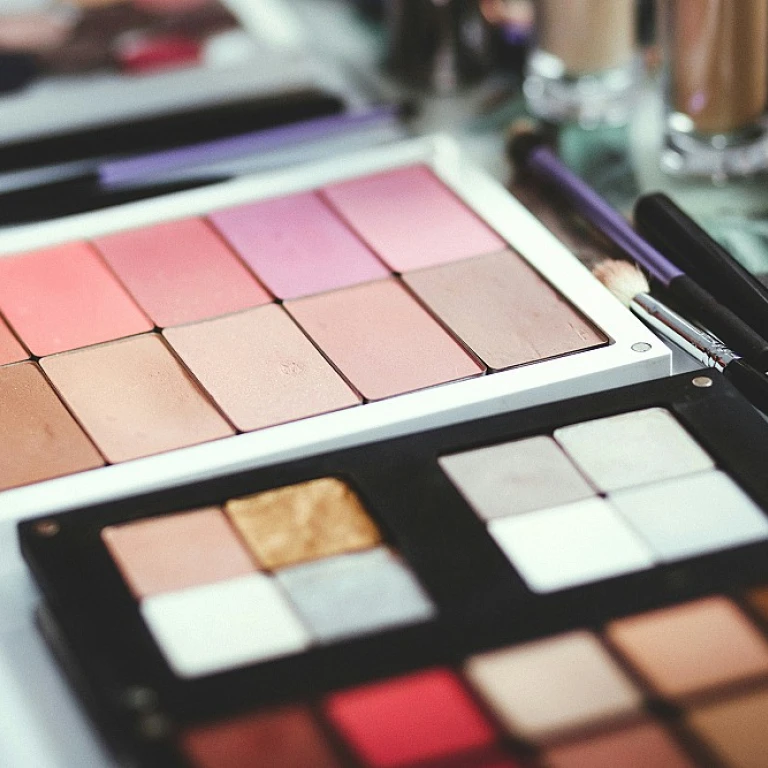
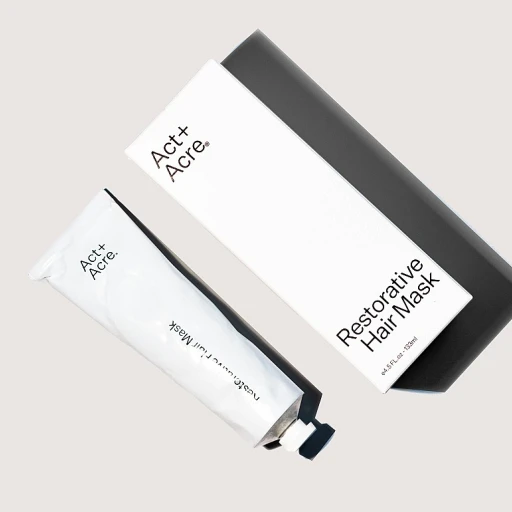
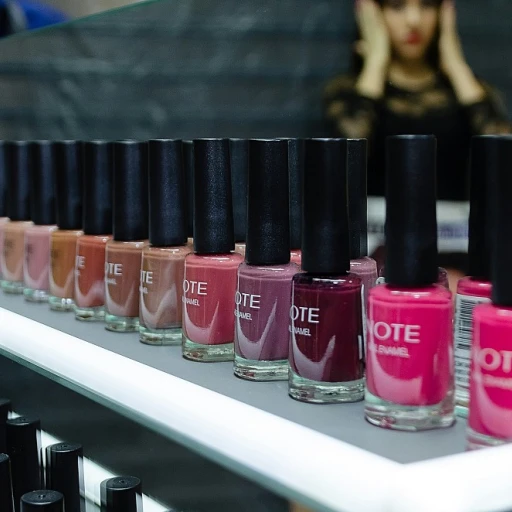
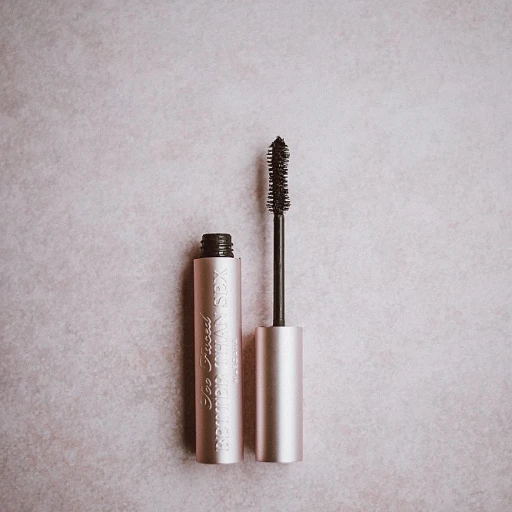
-large-teaser.webp)
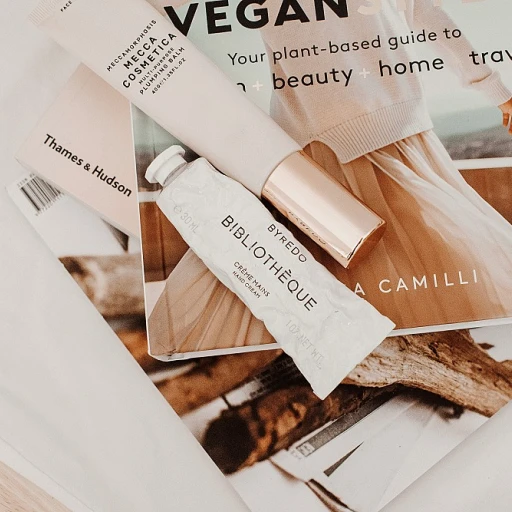
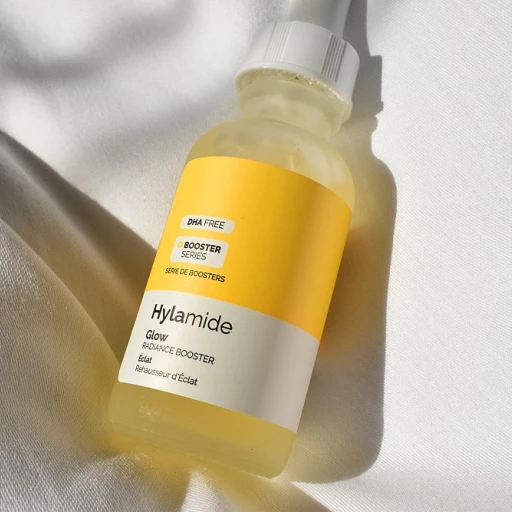
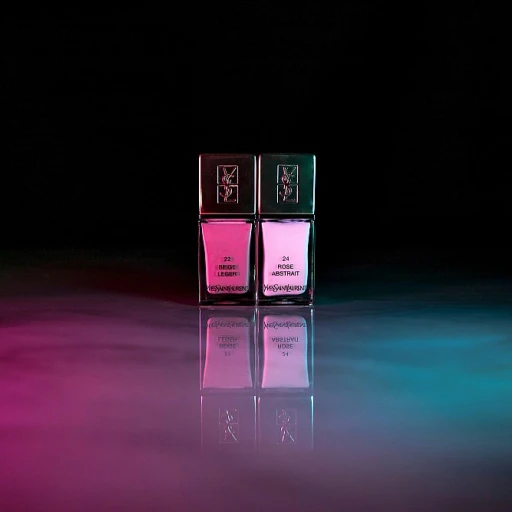
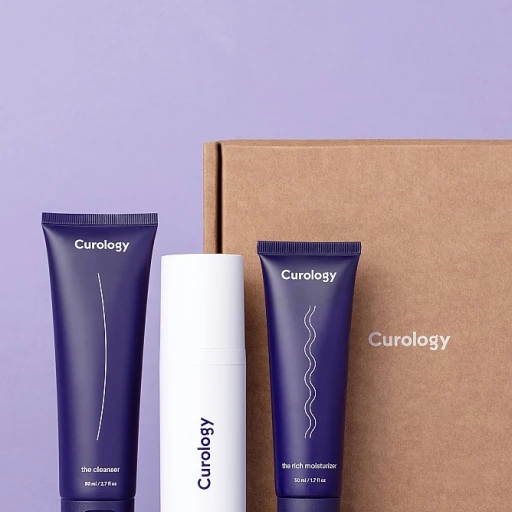
-large-teaser.webp)
